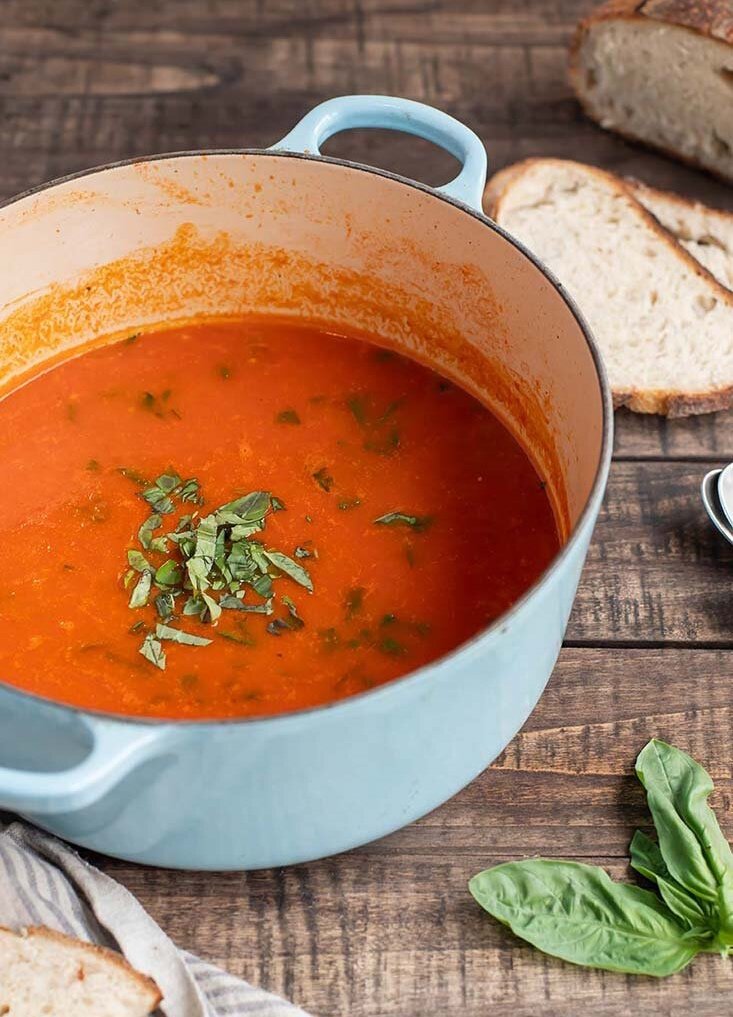Chocolate Vanilla Pinwheel Cookies (Gluten-free and Paleo)
/My dad taught me to make pinwheel cookies when I was young. We'd make checkerboard cookies too, the same contrast between vanilla and chocolate shortbread dough, but shaped into squares with a checkerboard pattern.
I revamped this recipe to use almond flour, and the result was soft, chewy and delicious. The chocolate dough is my favorite of the two (go figure), but swirled together the chocolate and vanilla make a perfect pair. They say opposites attract or something, I guess it's true!
Having made pinwheel cookies dozens of times, I thought this might be a good opportunity to test my skills at making a how-to video of how to roll up the cookies and make a swirl. Well. I think I need to work on my videography skills: I wasn't even 20 seconds in to recording when I realized I had no idea where the rolling pin was, or where I had decided to store it in the new kitchen. I left the camera rolling for a good 5 minutes while I rushed from cupboard to cupboard trying to find it.
The errors didn't end there and let's just jump to the end of the story because there's no video to share. Cleary I'm going to need to take on a class on videography before I try to make any recipes videos! 😂
Chocolate Vanilla Pinwheel Cookies (Gluten-free and Paleo)
Chocolate dough and vanilla dough are layered and then rolled into a log before being sliced into rounds to create a pretty chocolate vanilla pinwheel.
Yields: 12 | Total Time:
Ingredients:
- 2 cups almond flour
- 1/4 teaspoon salt
- 1/4 teaspoon baking soda
- 1/4 cup coconut oil or butter, melted
- 1/4 cup honey
- 1 tablespoon vanilla extract
- Scant 1/4 cup cocoa
Directions:
- First, make the vanilla dough: Whisk together HALF each of the almond flour, salt, and baking soda. Then, pour in HALF each of the melted butter, melted honey, and vanilla. Use your hands or a spatula to stir until a sticky, even dough is formed. Roll into a ball and wrap in plastic wrap. Place in fridge.
- Second, make the chocolate dough: Whisk together the remaining almond flour, salt, and baking soda. Add in the cocoa, whisking in. Then, pour in the remaining melted butter, melted honey, and vanilla. Again, use a spatula or your hands to work into a sticky dough. Roll into a ball and wrap in saran wrap.
- Allow both dough balls to chill in the fridge for at least 30 minutes.
- Preheat oven to 325°. Prepare your work station: Place 1 sheet of parchment paper on the counter (18 inches long should be sufficient), and then cut two additional pieces of the same size.
- Unwrap the vanilla dough from the saran wrap and place on the first piece of parchment on the counter. Place the second piece of parchment over top, and begin to roll out the dough to a 1/8 of an inch thick. The parchment keeps the dough from sticking while you roll it out.
- Once the dough is in an even, thin layer, peel back the top layer of parchment. Leaving the dough on the bottom piece, move it aside (carefully). Place the third piece of parchment in front of you place the chocolate dough ball on it. Place the free piece of parchment over top and roll the dough out just the same. Once rolled, peel back the top layer.
- Now, move carefully: lift one of the rolled out pieces of dough (still attached to the parchment) and place it dough-side down against the other flavor of dough. You should now have a parchment dough sandwich: parchment, chocolate dough, vanilla dough, parchment. Peel off the top piece of parchment.
- Working from one edge of the dough, begin rolling both layers together into a log. I like to lift the parchment with the dough as a roll it (then pulling it back so as not to roll it into the cookie) in order to keep the dough from crumbing or cracking. Make the log tight, shopping it as you roll by gently squeezing it. Once the entire log is rolled up, us a piece of thread (or floss) to cut off the first inch of the log by holding on to the two ends, left and right and pulling the floss down through the log (the ends of the log of dough is usually uneven and does not have a great swirl— you can still bake and eat it, it just won’t be as pretty). Use the floss again to slice each cookie, about 1/4 of an inch thick. Place each sliced cookie round on a baking sheet.
- Bake for 9 minutes, until just golden. Allow to cool for at least 5 minutes.
























